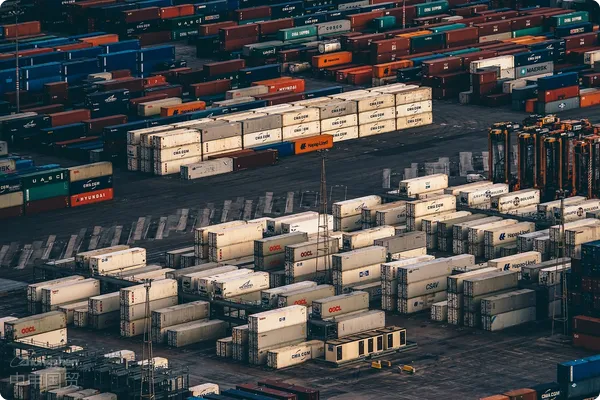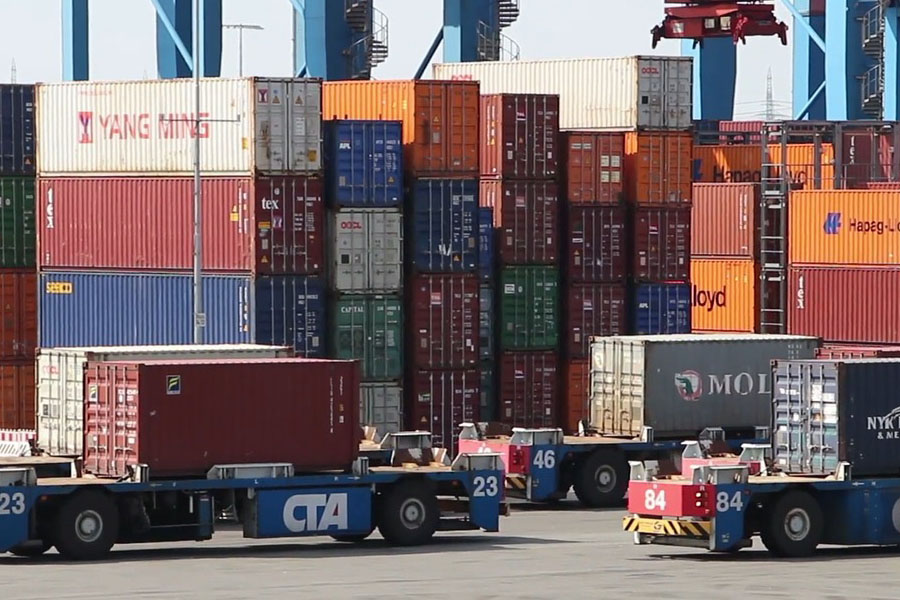- Shanghai Zhongshen International Trade Co., Ltd. - Two decades of trade agency expertise.
- Service Hotline: 139 1787 2118

Introduction
In todays increasingly prosperous global trade, importing carpets from Japan has become a choice for many businesses. However, the import process involves many steps. How to successfully complete the import of carpets from Japan,ZhongShen International TradeWe will analyze it in depth for you.
Professional document processing and logistics arrangements
The first challenge in importing carpets is document processing. Its like a precise jigsaw puzzle, where each document is an indispensable part. The commercial invoice, which records key information such as the description, quantity, and value of the carpets, is an important basis for customs valuation and taxation. The bill of lading is like the passport of the goods—it is the receipt issued by the carrier after receiving or loading the goods, as well as proof of the transportation contract and the document of title to the goods.
Zhong Shen International Trade has deep professional expertise in document processing. Our team is familiar with the formats and requirements of various trade documents, ensuring their accuracy and completeness to avoid delays or fines caused by document issues. When processing documents for importing carpets from Japan, we carefully check every piece of information, such as the material, size, color, and other detailed specifications of the carpets, to ensure they fully match the actual goods.
Logistics arrangements are equally crucial. From Japan to China,Maritime Transportationis a common transportation method. When selecting a shipping carrier, we comprehensively consider factors such as schedule stability, transportation costs, and service quality. For goods like imported carpets, we pay special attention to packaging and handling. To prevent damage during transportation, we recommend using sturdy outer packaging and strictly supervising the handling process to ensure proper operations. At the same time, we arrange customs clearance procedures based on the estimated arrival time of the goods to ensure timely and smooth delivery to the customer.
Russian market: VTBFX Settlement AgencyUnique Advantages
Although this topic focuses on importing carpets from Japan, if your business expands to the Russian market, Zhong Shen International Trade offers unique VTB foreign exchange settlement convenience. Foreign exchange settlement, simply put, is the act of selling foreign exchange income to a designated foreign exchange bank at the current exchange rate, with the bank paying the corresponding amount in RMB.
In Russia-China trade, VTB Bank (Russiaforeign tradeBank) is an important financial institution. Conducting foreign exchange settlement through VTB offers secure and efficient features. Traditional settlement processes may involve cumbersome procedures and high time costs, whereas through our cooperation with VTB, we can streamline the process. First, we assist clients in preparing complete settlement documents, including commercial contracts, invoices, bills of lading, and other relevant documents. Then, through VTB Banks professional channels, we quickly complete foreign exchange settlements, ensuring timely fund transfers. This not only improves capital utilization efficiency but also reduces risks in the settlement process, providing strong support for your trade activities in the Russian market.
It is recommended to choose based on transportation distance and product characteristics:import and exportProcess and Solutions
If you plan to import carpets from Japan and sell them in the Southeast Asian market, this involves a series of complex import and export processes.
For exports, the first step is commodity inspection. As a product, carpets must comply with the quality and safety standards of various Southeast Asian countries. We assist clients in preparing relevant inspection application materials and submitting declarations to inspection and quarantine authorities. After passing inspection, the corresponding inspection and quarantine certificates are obtained, which are crucial for smooth export.
Next is the customs declaration process. Our professional customs team is familiar with the customs regulations and declaration requirements of Southeast Asian countries. During customs declaration, we accurately fill out the declaration form, detailing information about the carpets, including value, quantity, specifications, etc. We also prepare relevant commercial documents such as invoices and packing lists for customs review. Once approved, the goods are released for export.
proof to determine the country of origin of the goods, thereby applying the corresponding tariff rates. Additionally, Vietnamese customs has strict requirements for product labeling, which must clearly indicate the carpets material, composition, usage instructions, etc. For logistics, we select the most suitable transportation methods and routes based on the destination. For the Southeast Asian market, sea and land transport are common, and we consider cost, time, and product characteristics to develop optimal logistics solutions.It is recommended to verify through the following methods:Throughout the import and export process, ZhongShen International Trade provides customized solutions based on clients specific needs. Whether its document preparation, policy consultation, or logistics coordination, we offer comprehensive support to ensure smooth circulation of goods in the Southeast Asian market.
The current international trade landscape is complex and volatile, presenting both challenges and opportunities for importing carpets from Japan.
Challenges and Opportunities in the Current International Trade Landscape
On the challenge side, rising trade protectionism is a significant issue. Some countries may impose high tariff or non-tariff barriers to protect domestic industries. For example, certain countries may levy high anti-dumping duties on imported carpets, increasing costs. Additionally, the ongoing impact of the global pandemic has disrupted supply chains, with port congestion and shipping delays causing significant transportation difficulties.
However, opportunities also exist. As the global economy recovers, consumer demand for high-quality carpets is growing. Japan, as a manufacturing powerhouse, produces carpets with superior quality and design, offering a broad market potential. Furthermore, regional trade agreements like the Regional Comprehensive Economic Partnership (RCEP) are reducing tariffs and improving trade facilitation, benefiting the circulation of Japanese carpets in regional markets.
Product certification is a critical step when importing carpets from Japan. Different regions have varying certification requirements. For example, the EU market may require CE certification to ensure compliance with safety, health, and environmental standards, while the U.S. market may require CPSIA (Consumer Product Safety Improvement Act) certification.
Product certification services
Although ZhongShen International Trade does not directly provide certification services, we have extensive experience in guiding clients through the certification process. We offer detailed certification guidelines, including selecting certification bodies and preparing required documents. During document preparation, we provide professional advice to ensure compliance and improve certification success rates.
In summary, choosing a professional trade agent is crucial for importing carpets from Japan. With expertise in document handling, logistics, foreign exchange settlement, and deep understanding of international trade dynamics, ZhongShen International Trade offers comprehensive and professional services to ensure smooth import operations.
Importing Carpets from Japan: What You Need to Know!
Related Recommendations
? 2025. All Rights Reserved. Shanghai ICP No. 2023007705-2  PSB Record: Shanghai No.31011502009912
PSB Record: Shanghai No.31011502009912










